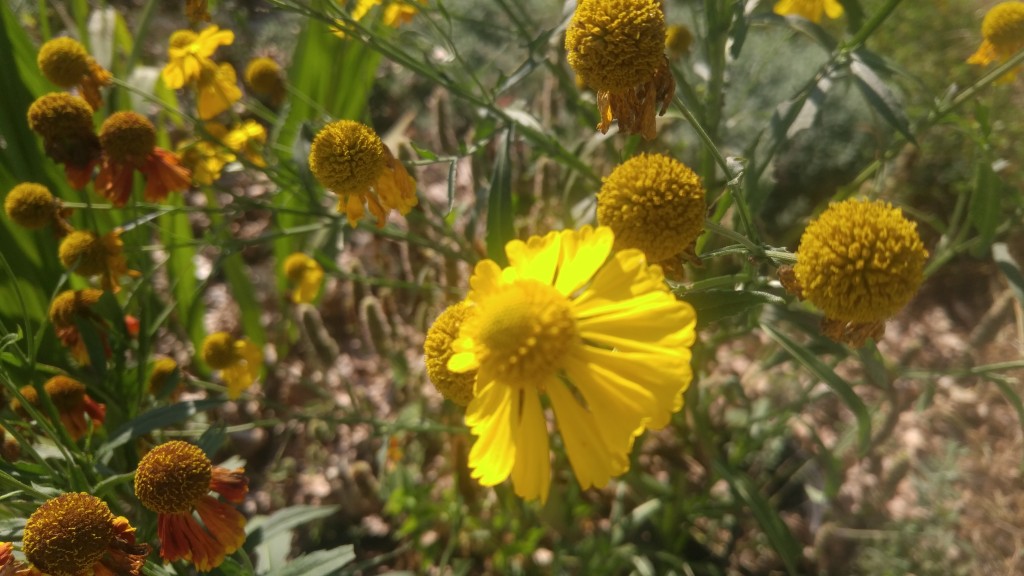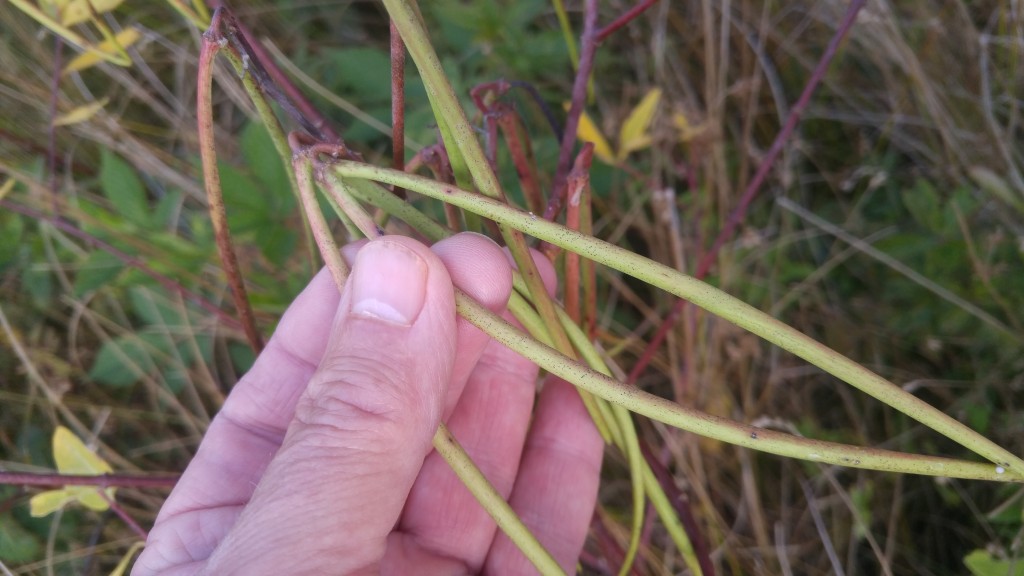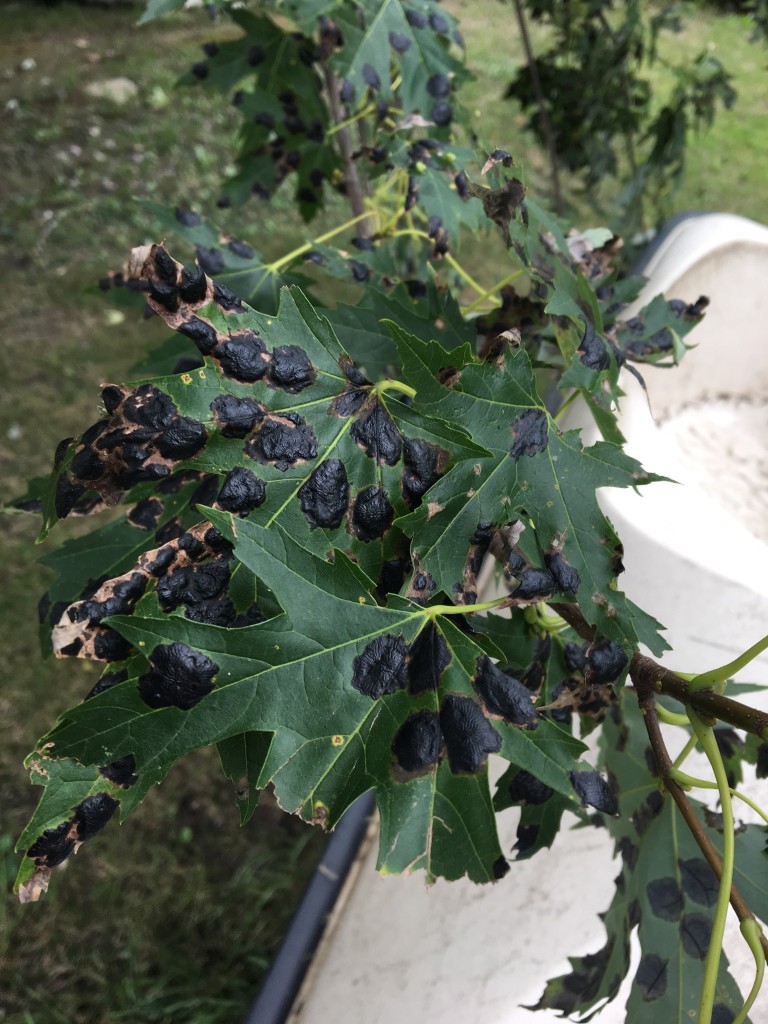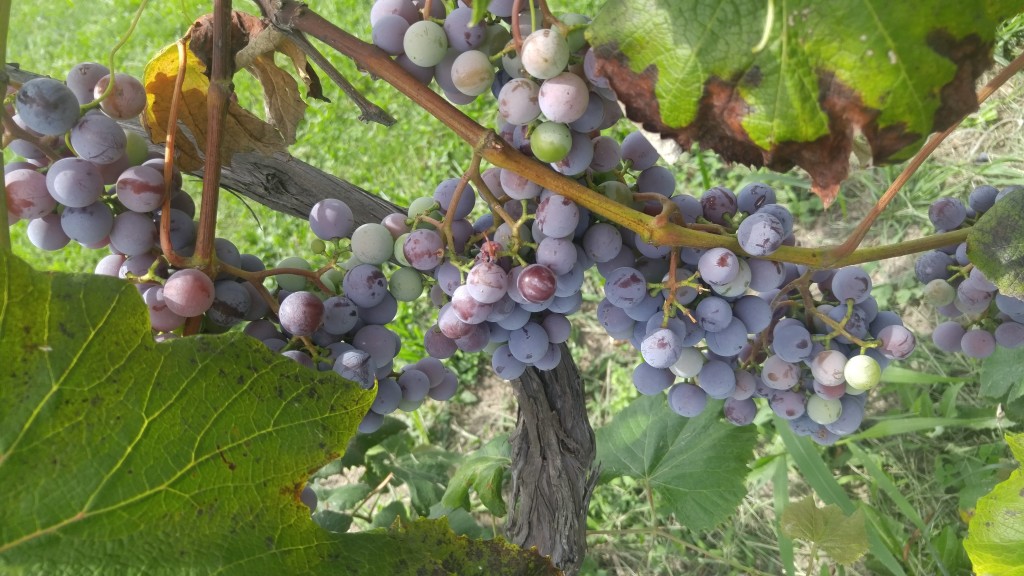We were sitting out on the porch earlier this week enjoying that summery weather. One flower caught my eye, it was fresh and bright among the others that were either gone or fading fast. It was one we forgot that we had planted this spring it was sneezeweed.
Sneezeweed, also referred to as Helenium by many gardeners, is not as elegant as some other flowers but it provides a nice splash of color this time of year.
This plant is native to our area and in the wild, it is normally found in damp spots. Our flower garden is high and dry with very sandy soil and a southern exposure. Since we water that garden whenever it needs it, the sneezeweed seems to have adapted nicely. Often, when gardeners grow sneezeweed in rich garden soils it grows tall but the stems will be weak causing the plants to fall over. That means more work for the gardener: staking and tying the plants. Cutting the plants back during June encourages branching and keeps the plants shorter avoiding the need to stake them later in the season. Ours are about three feet tall and were never cut back yet the stems are strong enough to keep the plants upright. That’s probably due to the growing conditions in our garden.

The full flower heads measure about one and a half inches across. Later the ray flowers drop off leaving behind the round disc flowers.
Helenium belongs to the compositae family of plants and like most of the plants in this group, they have composite flowers. What most people (other than botanists) call its flower is actually two different types of flowers combined into a single display. The outer ring of petal-like things are the “ray florets” or flowers. The center ball-shaped structure is a cluster of other tiny flowers called the “disc florets”. Daisies, sunflowers and dandelions all have similar flower structures. If you watch bees visit these flowers, you can see them collecting nectar from each little floret.
Sneezeweed is a perennial and will continue to come up every spring for several years. Horticulturists and plant breeders have developed many varieties with different colors and growth habit. They are more civilized than their wild cousins but still retain the basic Helenium characteristics.
Bob


